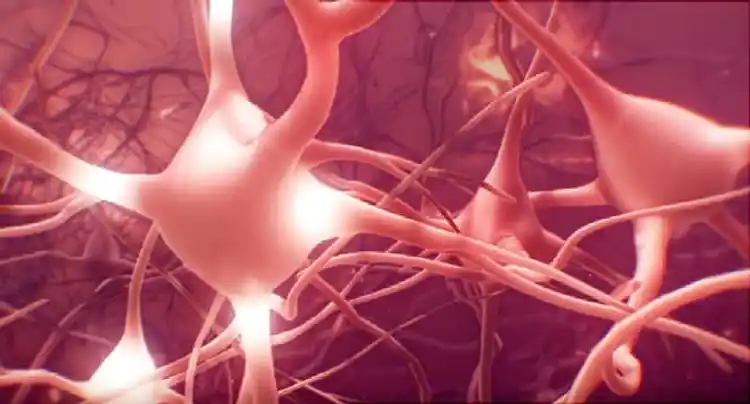What Happens During a Focal Onset Seizure?

Hide Video Transcript
Video Transcript
Inside your child's brain, networks of tiny cells called neurons are sending electrical messages to each other all the time. These messages guide everything your child does, thinks, and feels.
A seizure happens when there's a strong burst of electrical activity in their brain. This makes the neurons misfire, sending faulty messages when they're not supposed to.
One type of seizure is called a focal onset seizure. This kind happens when the burst of electrical activity starts on one side of the brain.
If your child is awake and aware of what's happening, it's called a focal seizure without loss of consciousness. But if the abnormal electrical activity spreads to other parts of their brain, your child may lose consciousness. This is called a focal seizure, with impaired awareness. Both types of focal onset seizures can last from 30 seconds to 3 minutes.
How the seizure affects your child depends on where the electrical activity happens in their brain. For example, if it happens in the occipital lobe in the back of the brain, your child may have trouble seeing clearly. If the seizure happens in the motor cortex, they may not be able to move their arm or leg on one side of their body.
If you think your child may be having seizures, see their doctor right away.
A seizure happens when there's a strong burst of electrical activity in their brain. This makes the neurons misfire, sending faulty messages when they're not supposed to.
One type of seizure is called a focal onset seizure. This kind happens when the burst of electrical activity starts on one side of the brain.
If your child is awake and aware of what's happening, it's called a focal seizure without loss of consciousness. But if the abnormal electrical activity spreads to other parts of their brain, your child may lose consciousness. This is called a focal seizure, with impaired awareness. Both types of focal onset seizures can last from 30 seconds to 3 minutes.
How the seizure affects your child depends on where the electrical activity happens in their brain. For example, if it happens in the occipital lobe in the back of the brain, your child may have trouble seeing clearly. If the seizure happens in the motor cortex, they may not be able to move their arm or leg on one side of their body.
If you think your child may be having seizures, see their doctor right away.